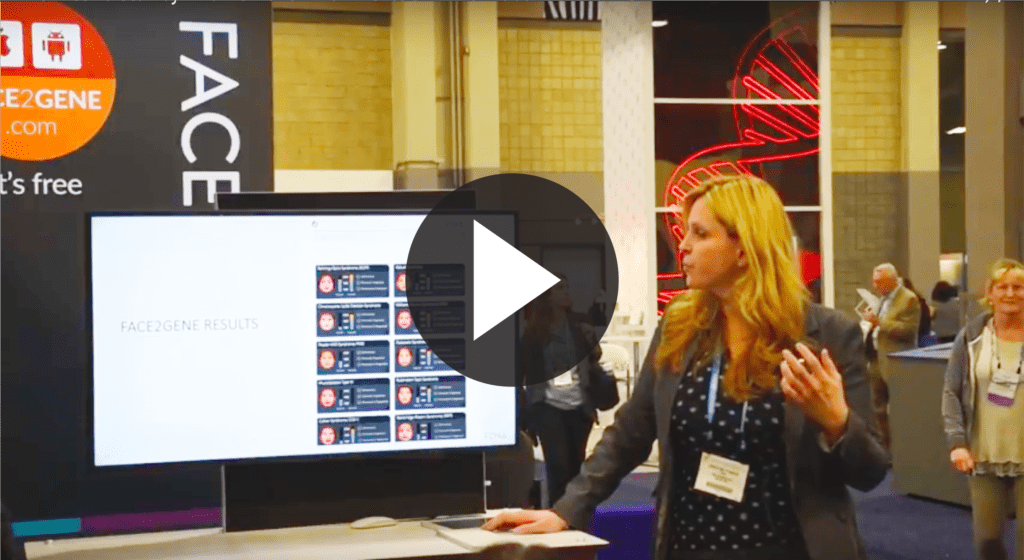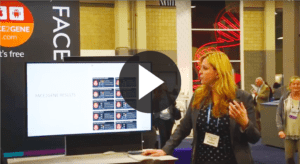Note: This talk was presented at the 2018 ACMG annual meeting. The video can be seen below, or at this link>
Dr. Christine Stanley, Head of Clinical Laboratory for WuXi NextCODE, US and CLIA medical director for Q&A Diagnostics, discusses next-generation phenotyping for improved variant interpretation through integration of Face2Gene LABS with WuXi NextCODE’s variant interpretation system.
According to Dr. Stanley, the ACMG has set standards on the classification and interpretation of genetic variants, including various levels of classifications as benign, unknown or pathogenic.
There are 28 lines of evidence used for classifying these variants.

“When you look at the phenotypic line of evidence, it wasn’t one that was utilized often […] but it really could be if we make it better and more complete,” she said. “In the ACMG publication, to use the phenotype as a line of evidence in variant scoring, you really need to have high clinical sensitivity, the patient must have a well-defined clinical presentation, the gene is not subject to a lot of variation, and the family history is consistent with the mode of inheritance of the disorder.”
“The phenotype information is really critical to performing whole exome and genome interpretation,” she continued.
Dr. Stanley goes on to explain that the phenotypic information allows Wuxi to utilize this phenotypic line of evidence in their variant classification and to help reclassify variants of unknown significance into the pathogenic category.
However, according to Dr. Stanley, phenotypic information is often lacking or not provided to support NGS interpretation.
She goes on to describe how WGS or WES produces a filtered list of variants that have clinical relevance, and that the report is static from what was known at the time. According to Dr. Stanley, “what we need are tools that allow for revisable reporting” because new information—such as new understanding of gene variations, or new patient symptoms—can become known down the road. This new information, ideally, can be used to reanalyze past genomics test results, impacting medical management, clinical research or patient support.

“We really need digital tools to get there,” she said. “We have taken the FDNA tool [Face2Gene] that captures the detailed clinical phenotype, and we’ve incorporated it into WuXi’s clinical sequence analyzer in order to do that real-time variant review.”
Dr. Stanley goes on to describe how the phenotype can be broadened to include other data, such as medical imaging, biometrics, clinical notes, and more, all pulled into Face2Gene and integrated with the variant interpretation.

She demonstrates how clinical users capture photos, anthropometric measurements, phenotypic features, and more within Face2Gene, and the application utilizes artificial intelligence to assist the user in further annotating the phenotype, resulting in a comprehensive phenotype for the patient. From there, the clinician can pass the phenotypic data securely to WuXi by selecting WuXi from the list of labs, resulting in the data being transferred into Wuxi’s clinical sequence analyzer.
Wuxi then reviews the gene list associated with the patient’s genetic sequence, scores the variants based on the ACMG classification criteria, and uses the clinical phenotype to match up to and highlight the variant results, or to highlight variants of unknown significance that relate to the phenotype to help determine if reclassification makes sense.

Watch the recording of the talk On Our Channel.



